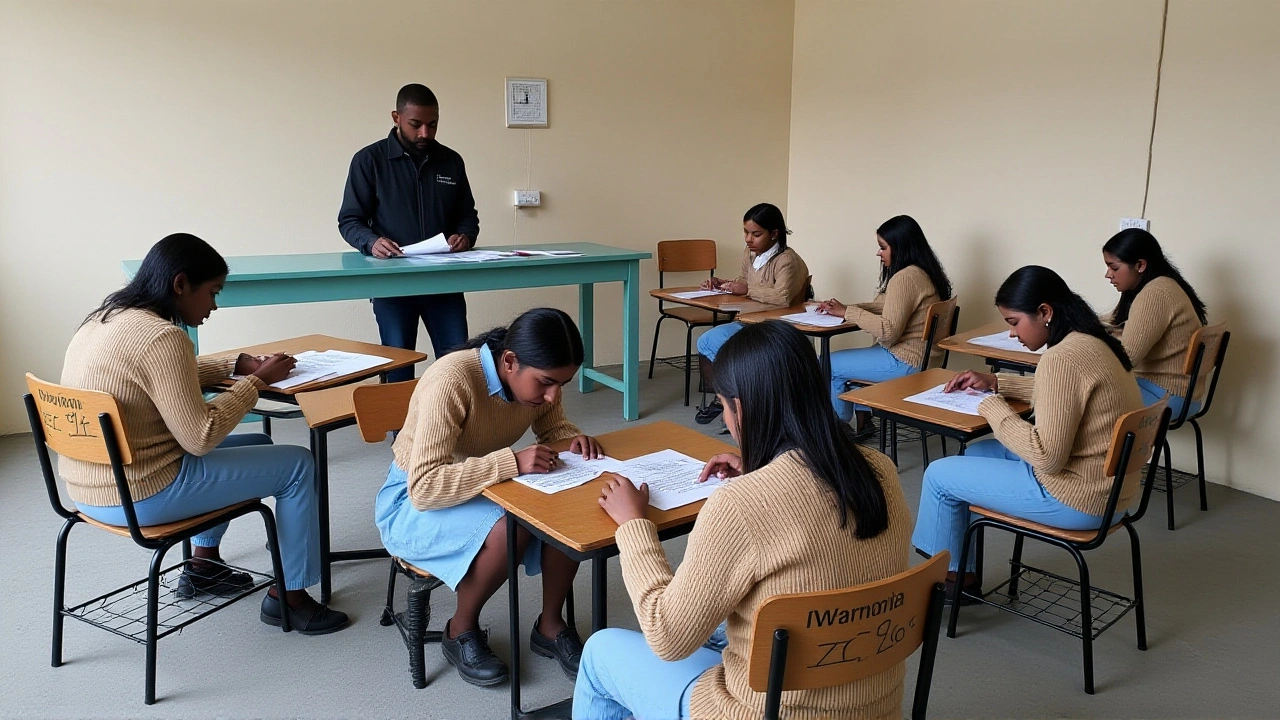Teacher Trainee Examinations – What You Need to Know
When working with teacher trainee examinations, formal assessments that gauge whether aspiring teachers have the knowledge, skills, and attitudes required for the classroom. Also known as pre‑service teacher tests, they act as a final checkpoint before a candidate receives a teaching license. In most countries, passing these exams is mandatory for entry into public schools and often a prerequisite for private institutions as well. The tests usually cover pedagogy, subject‑matter expertise, classroom management, and sometimes a practical teaching component. Because they sit at the intersection of education theory and real‑world practice, they influence everything from university curricula to hiring decisions. In short, teacher trainee examinations are the bridge between studying to teach and actually teaching.
Teacher training, the structured program that prepares candidates for the teaching profession provides the content that feeds into these exams. The curriculum of teacher training programs is often aligned with national curriculum standards, official outlines of what students must learn at each grade level. When the standards change, the exams are updated to reflect new learning goals, making the link between policy and assessment very tight. The way the exams measure competence is shaped by the chosen assessment methods, techniques such as multiple‑choice tests, essay writing, lesson‑plan analysis, and observed teaching practice. Different methods emphasize different skills – for example, a written test checks theoretical knowledge while a classroom observation checks practical ability. Meanwhile, overarching education policy, governmental rules that set requirements for teacher qualification and school staffing determines who must sit for the exams, what passing scores are acceptable, and how results affect certification. In practice, education policy influences the design of teacher training, which in turn informs the exam content, while assessment methods translate that content into measurable scores. This chain of influence shows why any change in one area ripples through the whole system.
Understanding this ecosystem helps future teachers target their study efforts more effectively. Candidates should start by reviewing the official exam blueprint, then match it against their teacher training syllabus and the current curriculum standards. Practicing both written items and teaching demonstrations prepares you for the mixed‑format assessment methods that most boards use. Keeping an eye on education policy announcements – such as new minimum passing grades or additional licensure requirements – can prevent surprises on test day. Many aspiring teachers also benefit from professional development workshops that simulate exam scenarios, because real‑world practice solidifies the theory learned in classrooms. Below you’ll find a curated list of recent news, analysis, and tips that dive deeper into each of these areas, from policy shifts to study strategies. Browse the collection to see how each piece fits into the larger picture of teacher trainee examinations and to pick up actionable insights for your own preparation.
KNEC Opens Registration for 2025 Teacher Trainee Exams, Shifting to Digital Assessments
KNEC opens registration for 2025 teacher trainee exams, shifting to digital platforms. The move impacts colleges across Kenya and promises faster results and wider access.

